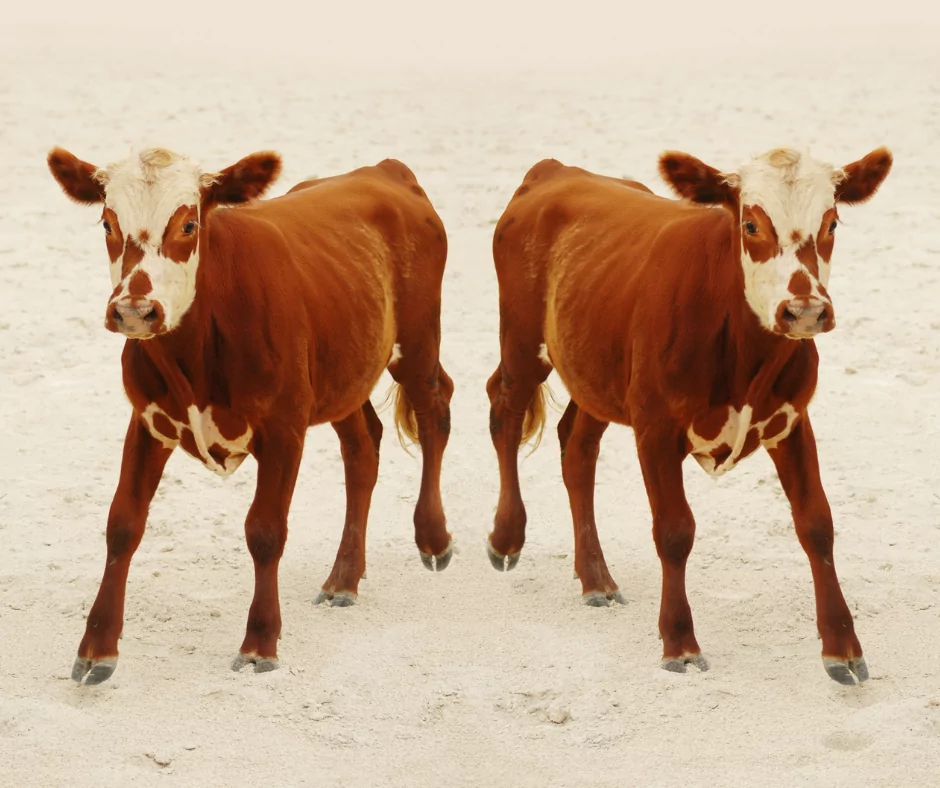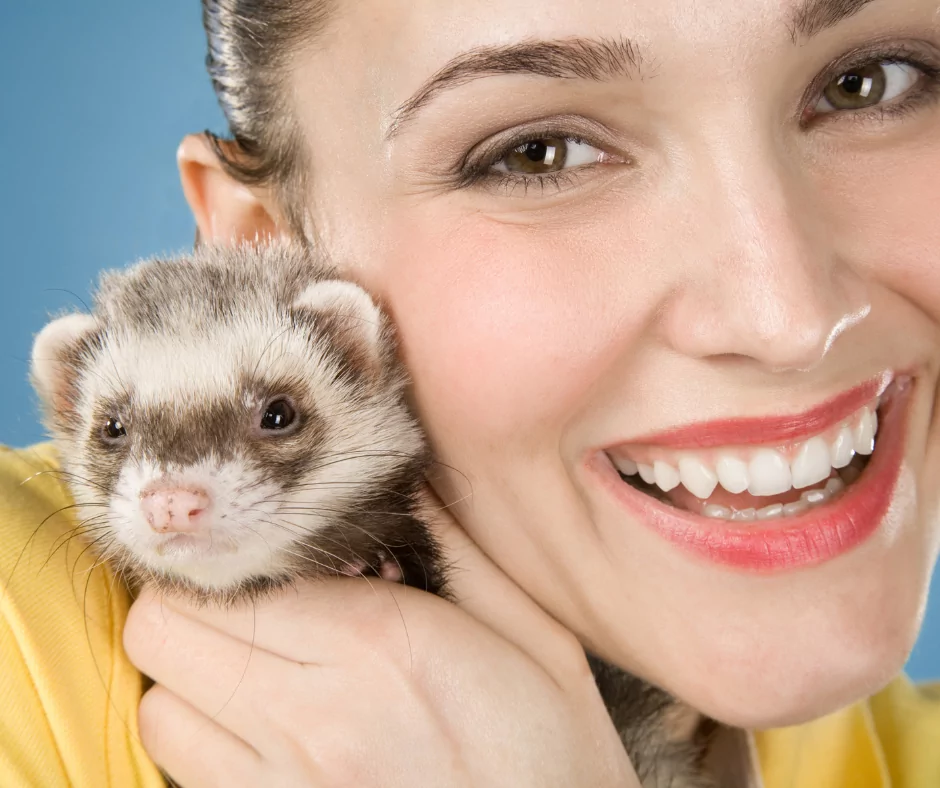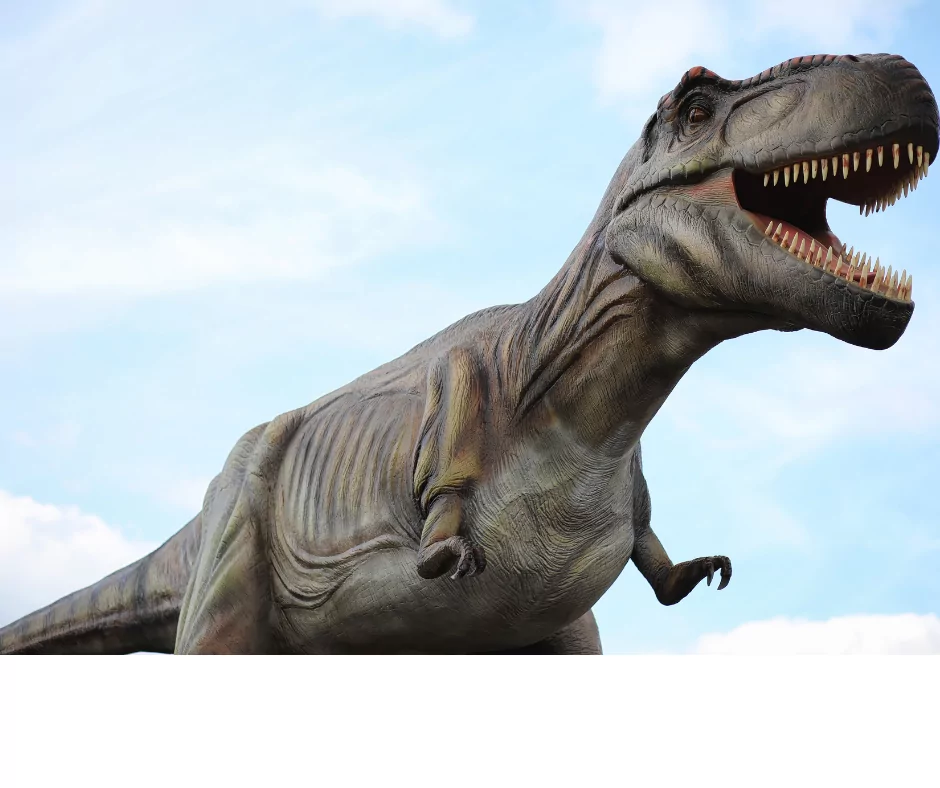Meet Elizabeth Ann! What is so unique about this cute little critter? Well, she is the product of animal cloning. Her ancestor before her is responsible for her birth and 33 years later to be exact!

How is This Even Possible?
This baby ferret from the black-footed ferret genus is here today as a result of another ferret called Willa. Willa died in 1988, and her DNA was harvested and sent to the “Frozen Zoo,” a faculty at the San Diego Zoo in the United States of America.

Then, in November of 2020, it all came into play when Willa’s harvested cells were planted in a domestic ferret, and the rest is history, as they say! This means that science has now advanced to where we can clone species from other animals that have expired for over three decades!
The Frozen Zoo
Currently, this institution harbors cells from a collection of 1 100 species in total that have walked all four corners of the Earth. Little Willa was born on the 10th December 2020 via C-section and possesses all the qualities and traits of her ancestors.
What This Means For Animal Conservation
Even though the concept of cloning animals is nothing new on our planet, this type of development can provide much-needed relief in the conservation of endangered species on Earth.
The biggest issue that is faced with animals that are dangerously close to extinction is the fact that this has a grave impact on genetic diversity from a biology perspective. Genetic diversity plays a crucial role in the survival of all species on earth.

When genetic diversity is compromised, it bears an adverse effect when it comes to producing offspring, resulting in less genetic diversity. Moreover, when a species is under threat from extinction and can’t repopulate, it puts them at risk of not being able to adapt to environmental factors such as diseases and natural disasters, amongst other factors.
The researcher’s ability to reintroduce DNA from a diseased animal is a giant leap in protecting our imperiled species. This means that in due course, scientists will be able to modify the genetic makeup of animals and reduce a species’ chances of being lost forever.
Animal Cloning
Many people find the idea of performing animal cloning to be bizarre and unethical. But the truth is, many things have been done that once seemed unethical or impossible, from human organ transplanting to in-vitro fertilization. Animal cloning is already happening today for agricultural purposes and medical research. Cloning has the potential to revolutionize medicine by providing perfect matches of tissue for transplants, which could then help solve a number of diseases like Alzheimer’s disease, arthritis, and diabetes type 1. Cloning could also be used to correct genetic diseases in endangered species.
The first animal was cloned in Scotland in 1996, and the first mammal was cloned in 1998. According to Gail Jarrow-Maybee, editor of BioTech Nation, “A clone is an exact genetic copy.” Cloning is similar to reproduction in that the DNA from one cell (called the donor) is inserted into a donor egg (also called a reproductive cell). The egg then takes on all the necessary characteristics of the original cell. When the egg cell is fertilized by a sperm from another species, the embryo develops into an individual that has the same genetic makeup as its donor. The first cloned sheep was born in 1999.
Another way cloning is being used is for food. Cloning techniques can produce genetically identical plant and animal embryos for food production processes like in vitro plant germination (growing plants without soil). With in vitro plants, a petri dish holds all the nutrient-rich water and nutrients while under light and warmth and protected by clear plastic walls.
Jurassic Park Much?
Isn’t this concept the whole idea behind Jurassic Park? And what can this mean for us in the future? As scary as it sounds, and the fact that it does probably ring true that some things should not be tampered with, we cannot ignore the fact that extinct animals such as the Tasmanian Tiger, the Kwagga, and the Dodo are gone as a result of our inability as humans to take responsibility.

When compared to Dinosaurs, these greats are extinct as a result of changes in their ecosystem and climate and not due to human interference!
